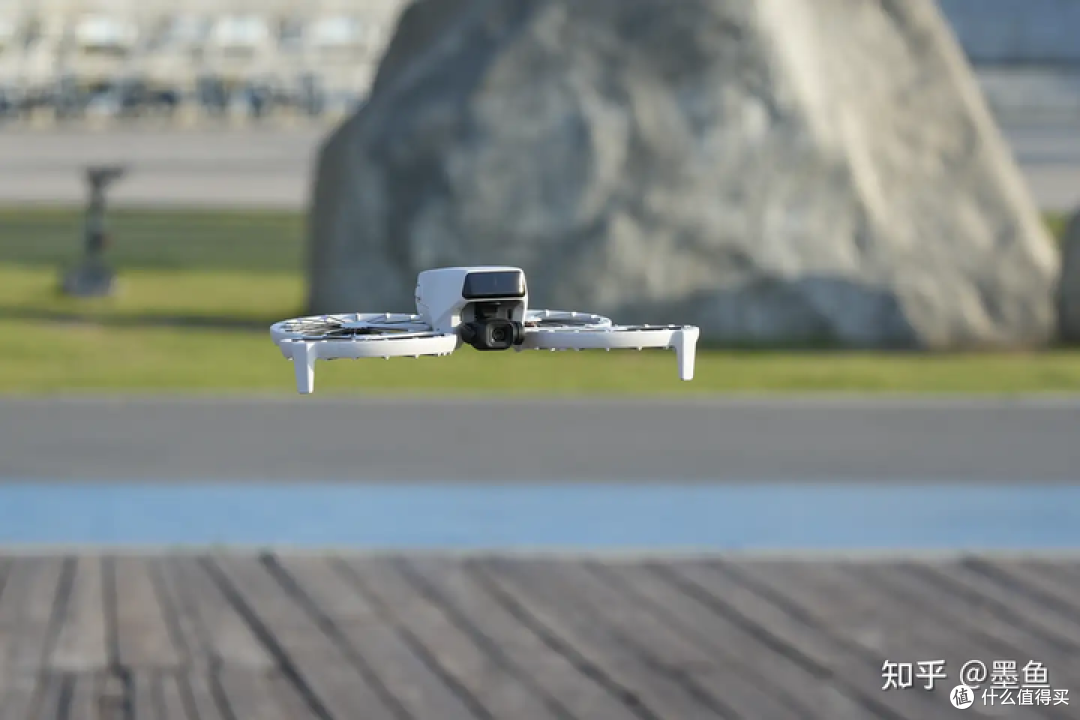As we dive into the realm of quadcopter drone technology, it’s clear that the latest innovations have propelled these devices to new heights and levels of sophistication. The advancements in quadcopter drones have not only enhanced their functionality, but also expanded their applications across various sectors, offering solutions that once seemed out of reach.
Evolution of Quadcopter Drone Technology
The quadcopter drone has evolved significantly over the past decade. Initially considered as mere toys, modern drones now possess capabilities that are utilized in fields such as agriculture, cinematography, and logistics. Incorporating technologies such as AI, machine learning, and GPS, quadcopters are becoming more autonomous, enabling users to perform complex tasks without extensive human intervention.
Advanced Features of Quadcopter Drones
Today’s quadcopter drones come equipped with ultra-high-definition cameras, facilitating stunning aerial photography and videography. These cameras are often stabilized by gimbal systems that allow smooth and crisp captures, whether you’re documenting dynamic sports events or serene landscapes. The precision controls and intelligent flight modes, such as follow-me and waypoint navigation, provide seamless user experiences.
Integration of AI and Automation
Artificial intelligence has played a pivotal role in the progression of quadcopter drones. Intelligent path planning ensures optimized efficiency in resource utilization and battery consumption. With automated obstacle avoidance systems, drones can navigate complex environments with ease, reducing the risk of collision and ensuring greater safety during flight operations.
Drone Technology in Industry Applications
In agriculture, quadcopter drones are revolutionizing crop monitoring and management. They provide real-time data on irrigation and pest control, enhancing yield predictions and enabling precision farming. Similarly, in logistics, drones are used for delivery services, covering the last mile with speed and efficacy, especially in areas that are challenging for traditional vehicles to navigate.
Environmental and Economic Impacts

While the environmental impact of drones is a subject of ongoing research, these devices offer potential for monitoring wildlife, conducting environmental assessments, and contributing to conservation efforts. Economically, the drone industry is burgeoning, creating jobs in drone operation, manufacturing, and maintenance, and offering new business opportunities for innovative thinkers.
The future of quadcopter drones is promising, with constant innovation leading to enhanced performance and broader usability.
Prospects for Future Developments
Looking ahead, the integration of quadcopter drone technologies with IoT ecosystems presents exciting possibilities. The advent of 5G networks enhances communication capabilities, allowing drones to process larger data sets swiftly and efficiently. We can expect a rise in collaborative drone deployments, where multiple devices work in synergy to complete tasks more effectively.
FAQs About Quadcopter Drones
- How long can a typical quadcopter drone fly?
- Flight time varies, with consumer drones averaging 15-30 minutes, while high-end models can last up to 45 minutes or more.
- Do I need a license to operate a quadcopter drone?
- Regulations differ by country. In some regions, drone operators must obtain a license or register their drones for non-recreational use.
- What are the safety precautions for flying quadcopter drones?
- Operators should adhere to no-fly zones, maintain visual line of sight, and ensure weather conditions are suitable before flying.

In conclusion, quadcopter drones continue to transform industries and spark imagination with their unlimited potential. Understanding their capabilities and staying informed on the latest advancements is key to harnessing their full potential.